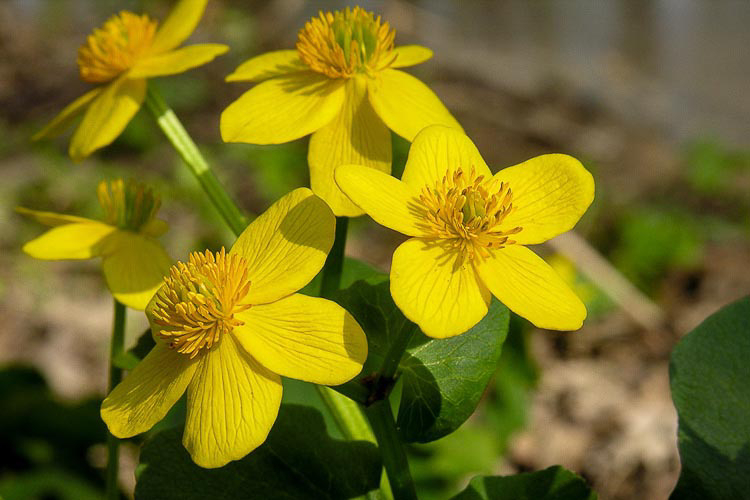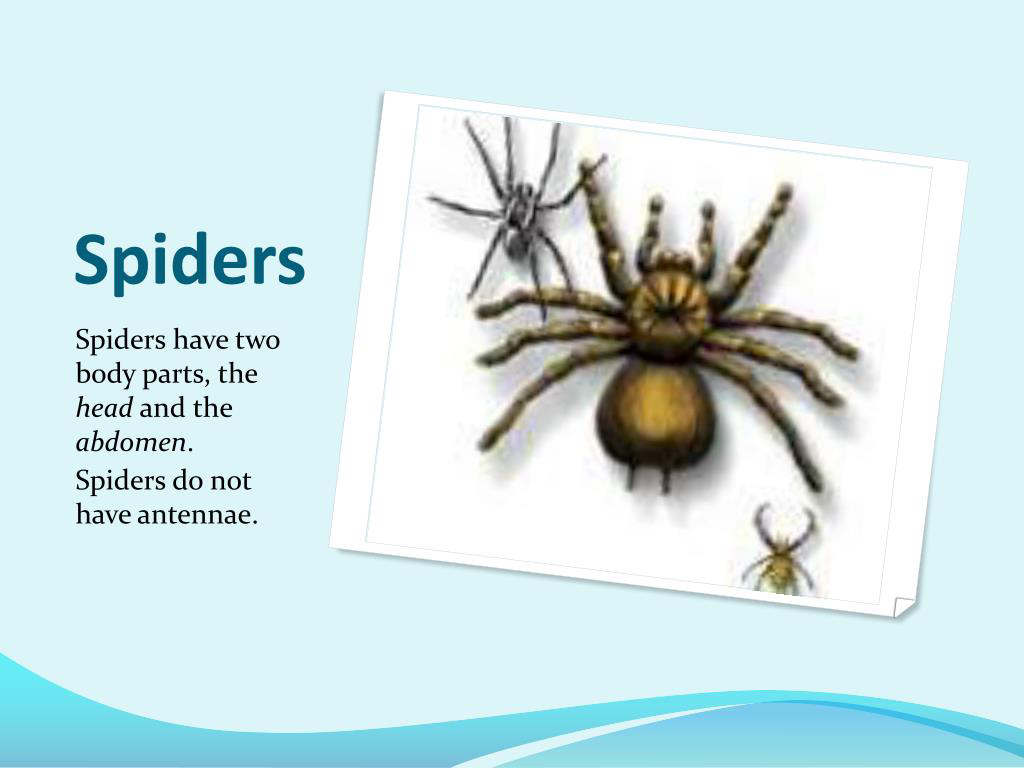Papaveraceae family materia medica study

Great — let’s break down a Materia Medica study of the Papaveraceae family , which includes some important medicinal plants, especially in homeopathy and herbal medicine. I’ll give you an overview, including main genera, key remedies, their sources, general family themes, and a few details about the major remedies. 📚 Papaveraceae Family — Overview Botanical name: Papaveraceae Common name: Poppy family Key genera: Papaver (poppy), Chelidonium , Sanguinaria , Argemone Characteristic features: Mainly herbaceous plants. Latex or milky juice often present. Alkaloid content: Many members contain powerful alkaloids (e.g., morphine, codeine, sanguinarine, berberine). Many species have sedative, analgesic, or narcotic effects. 🌿 Key Remedies in Homeopathy 1️⃣ Opium (Papaver somniferum) Source: Dried latex of the unripe seed capsule. Keynotes: Profound sleepiness, stupor. Insensibility to pain. Retention of urine and stools. No reactio...





